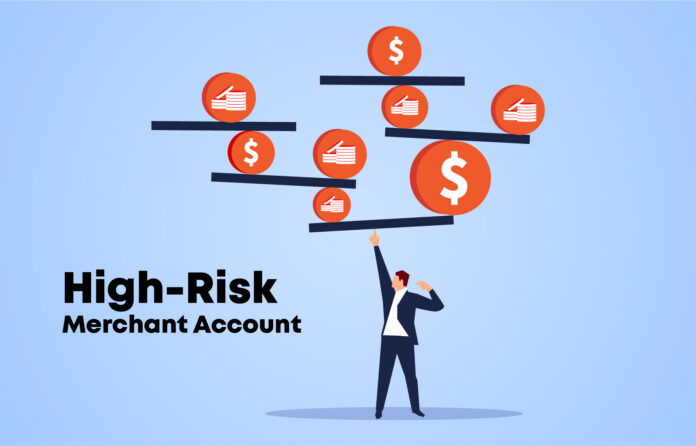In the ever-evolving world of e-commerce, accepting credit card payments is often crucial for business success. However, not all businesses are created equal in the eyes of financial institutions. Businesses deemed “high-risk” by banks and payment processors face hurdles when trying to establish traditional merchant accounts. This is where high-risk merchant accounts come in, offering a lifeline for businesses that operate in industries with a higher likelihood of chargebacks, fraud, or other financial risks.
Understanding High-Risk Merchants
There’s no single definition of a high-risk merchant, but some common characteristics raise red flags for payment processors. Here are some factors that might categorize a business as high-risk:
- Industry: Certain industries, like travel, adult entertainment, or digital goods, are inherently considered high-risk due to the potential for fraud or customer dissatisfaction.
- Chargebacks: A high rate of chargebacks, where customers dispute a transaction and get their money back, indicates a potential problem and increases risk.
- Average Transaction Value: Businesses with a high average transaction value are seen as riskier, as a single fraudulent transaction can be more damaging.
- Subscription Services: Businesses with recurring subscription models can face higher chargebacks if customers forget about the service or have difficulty canceling.
- Financial History: A new business or one with poor credit history may be deemed high-risk due to a lack of established financial stability.
- International Sales: Selling across borders adds complexity and potential fraud concerns, making some processors wary.
- Card-Not-Present Transactions: Transactions where the physical card is not present (e.g., online purchases) are generally riskier than in-person transactions.
Why Use a High-Risk Merchant Account?
If your business falls into the high-risk category, a traditional merchant account from a major bank might be out of reach. Here’s where high-risk merchant accounts come into play:
- Payment Processing: They allow you to accept credit and debit card payments, a crucial element for most online businesses.
- Business Continuity: They provide a way to conduct business despite being classified as high-risk.
- Growth Potential: They enable you to tap into a wider customer base who prefer card payments.
Finding the Right High-Risk Merchant Account Provider
The landscape of high-risk merchant accounts is competitive, with numerous providers offering varying terms and fees. Here’s how to choose the right one for your business:
- Research: Compare features, fees, and customer reviews of different providers.
- Transparency: Look for providers who clearly outline their fees and terms, including reserve requirements and chargeback fees.
- Industry Expertise: Choose a provider experienced in handling accounts in your specific industry.
- Security: Ensure the provider has robust security measures to protect your business and customer data.
- Customer Support: Opt for a provider with responsive and knowledgeable customer support to address any issues promptly.
Considerations When Using a High-Risk Merchant Account
While high-risk merchant accounts offer a valuable service, there are some key points to consider:
- Fees: High-risk merchant accounts typically come with higher processing fees compared to traditional accounts.
- Reserve Requirements: Providers may require you to hold a reserve on your account to cover potential chargebacks.
- Stricter Underwriting: The application process for a high-risk merchant account might be more stringent, requiring detailed business plans and financial documentation.
- Maintaining a Low Chargeback Rate: It’s crucial to minimize chargebacks to avoid account termination or increased fees.
Best Practices for High-Risk Merchants
To ensure the smooth operation of your high-risk merchant account, follow these best practices:
- Excellent Customer Service: Prioritize excellent customer service to reduce customer disputes and chargebacks.
- Clear Return Policy: Have a clear and easy-to-understand return policy to manage customer expectations.
- Fraud Prevention Measures: Implement robust fraud prevention measures to minimize fraudulent transactions.
- Detailed Records: Maintain detailed records of all transactions for potential chargeback disputes.
- Communication: Communicate proactively with your merchant account provider regarding any changes to your business or risk profile.
Conclusion
Operating a high-risk business doesn’t have to limit your ability to accept credit card payments. By understanding high-risk merchant accounts, carefully choosing a provider, and implementing best practices, you can navigate this landscape and unlock the potential of online sales for your business. Remember, a high-risk designation doesn’t have to be a permanent label. By building a strong track record of low chargebacks and responsible business practices, you can improve your risk profile and potentially qualify for a traditional merchant account in the future.


